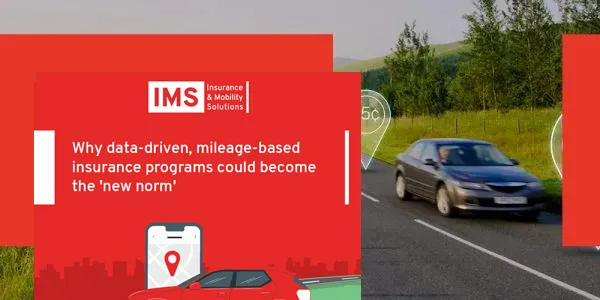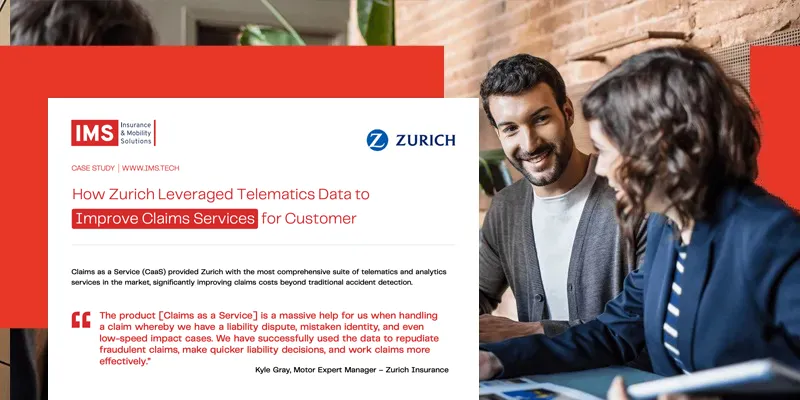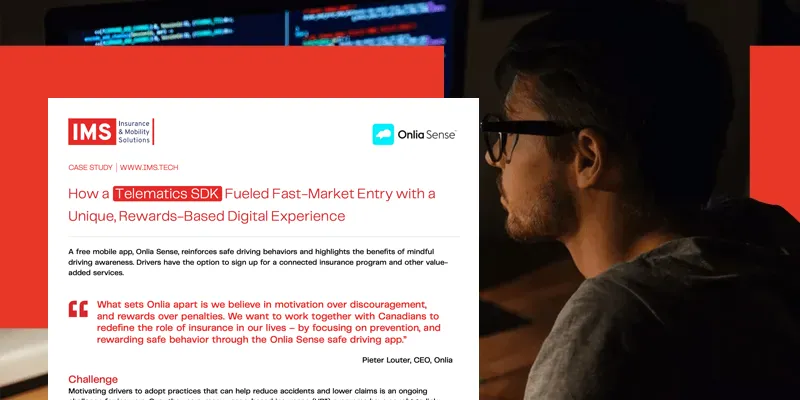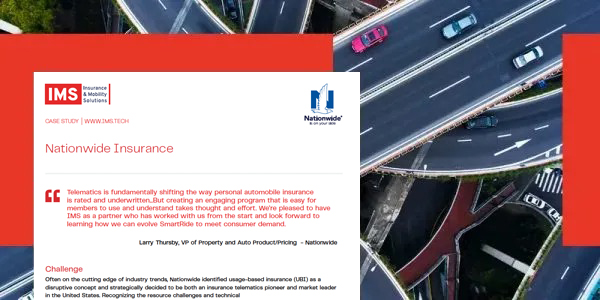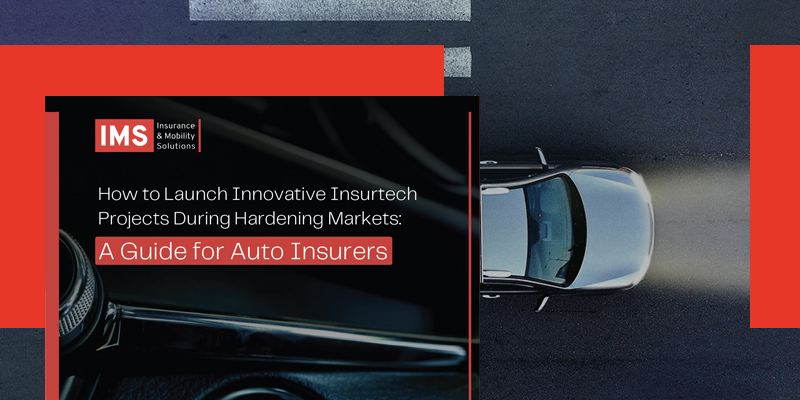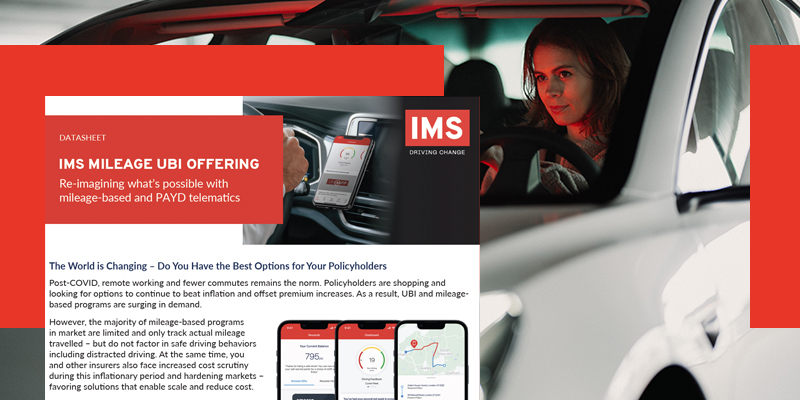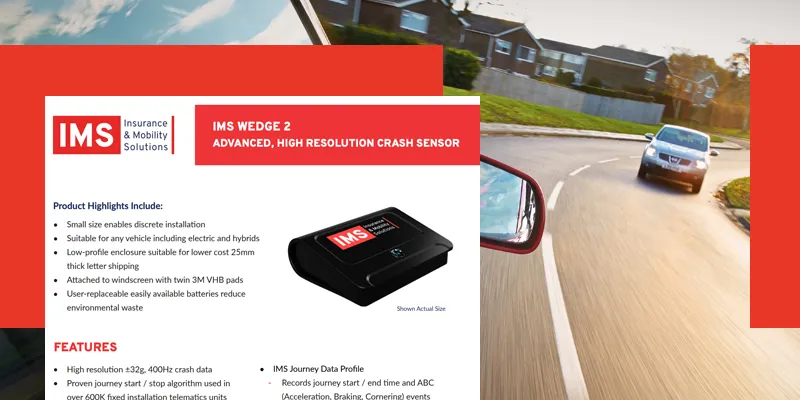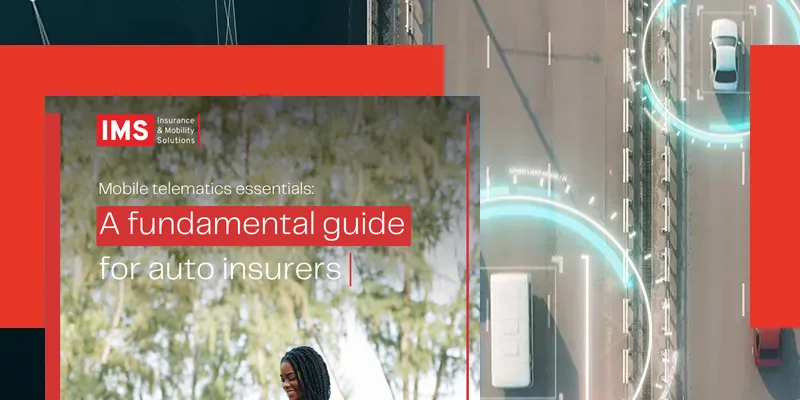 White Paper
White Paper
Featured Content archive
 White Paper
White Paper
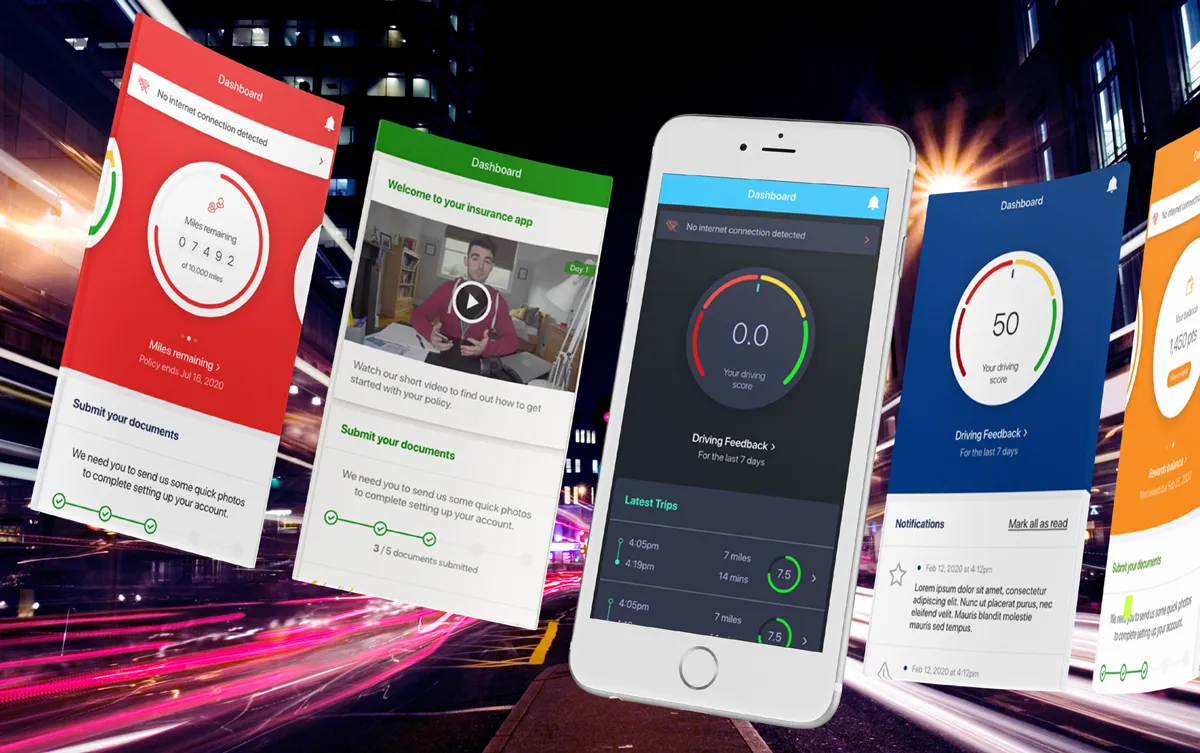 Solutions & Product
Solutions & Product
IMS One App Mobile Development Framework
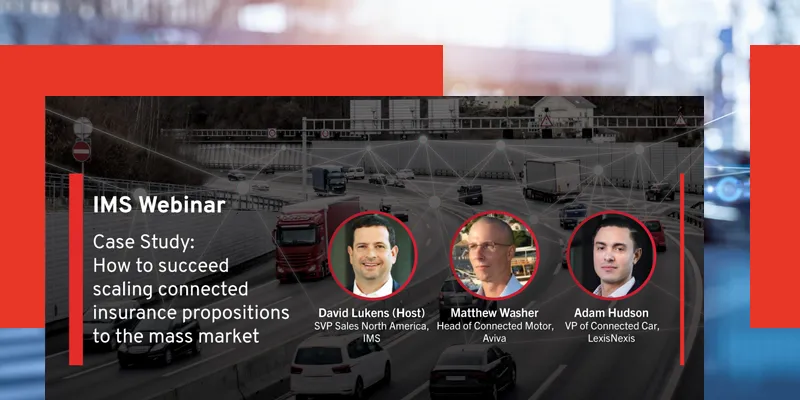 Webinar
Webinar
Case Study: How to succeed scaling connected insurance propositions to the mass market (On-Demand Webinar)
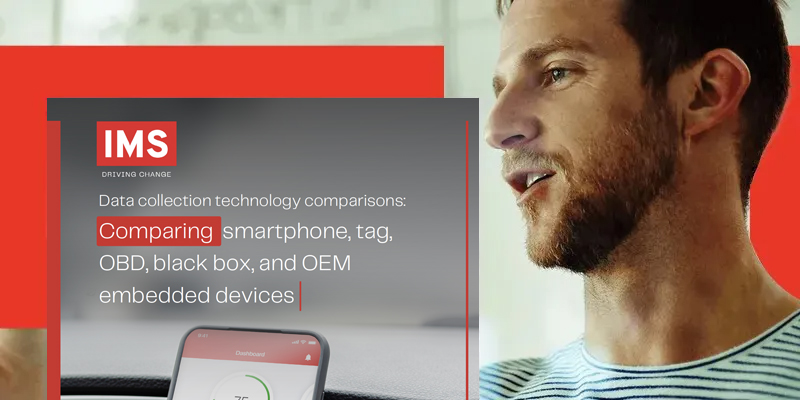 White Paper
White Paper
Comparing Smartphone, Tag, OBD, Black Box, and OEM Embedded Devices
 Insights
Insights
The 3 Essential Stages for Implementing and Launching Mobile Telematics Programs: A Primer for Auto Insurers
Stay up to date with IMS by subscribing to our newsletter
Our newsletters feature all the latest from IMS: news, events, product information and more.
NewsletterStay up to date with IMS via our socials
Insights
Show more
Insights
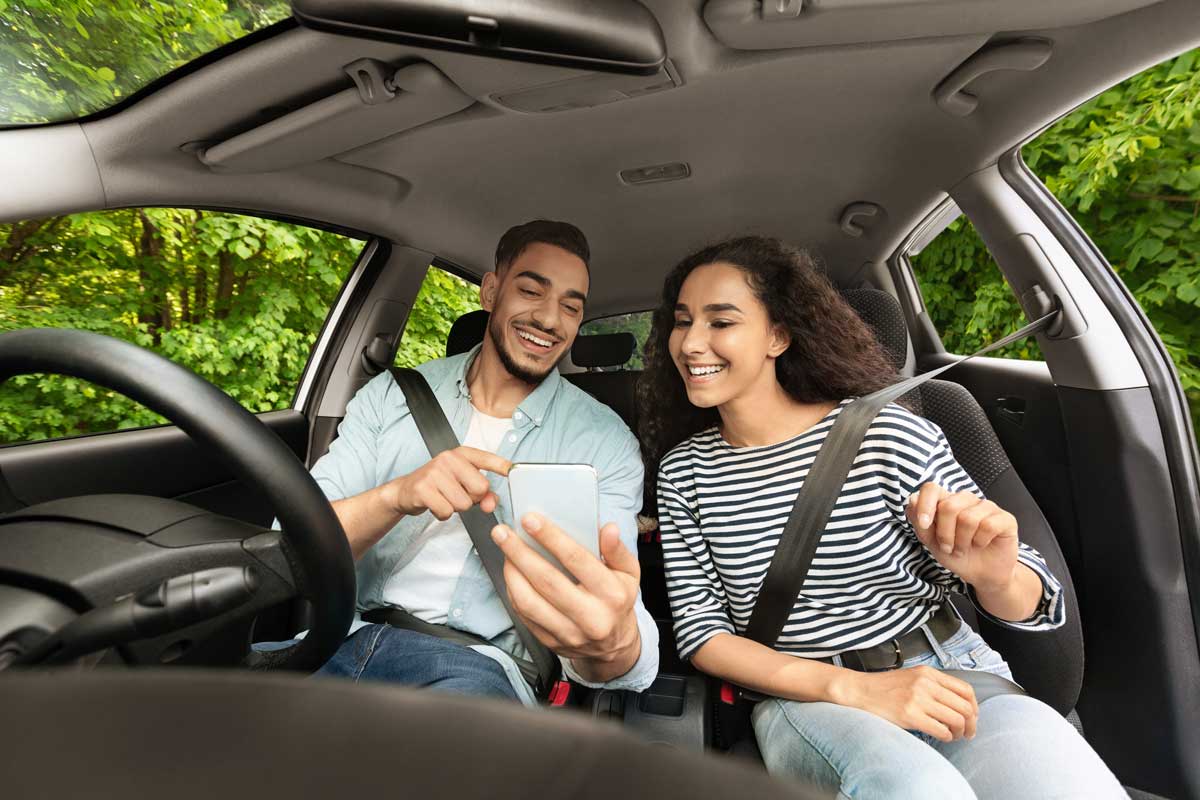
IMS Insights Article: Telematics rules OK?

The 5 Top Qualities to Look for in a Leading Telematics Partner And the Top Reasons You May Need to Reconsider Your Current TSP
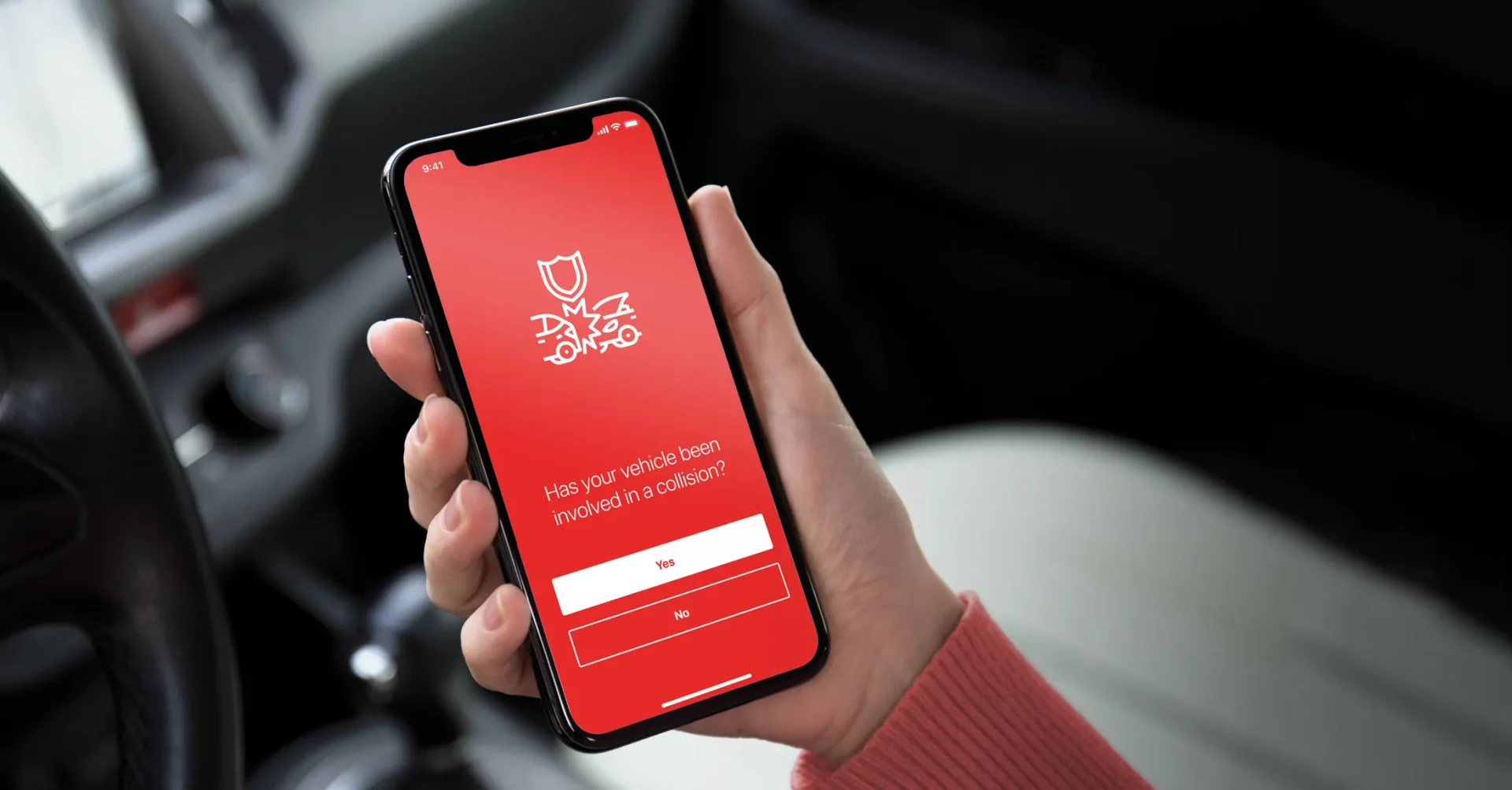
6 Ways Telematics & Connected Insurance Improves Claims Handling (Besides FNOL)
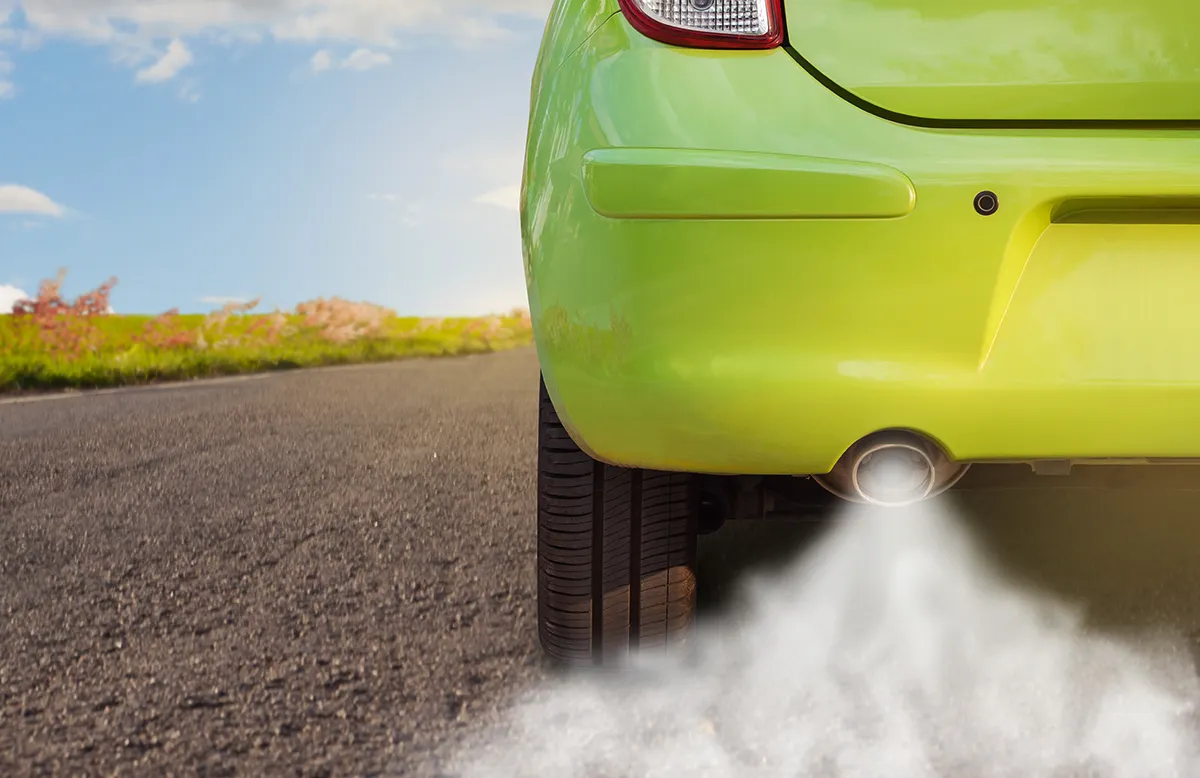
3 Driving Habits That Raise Carbon Emissions
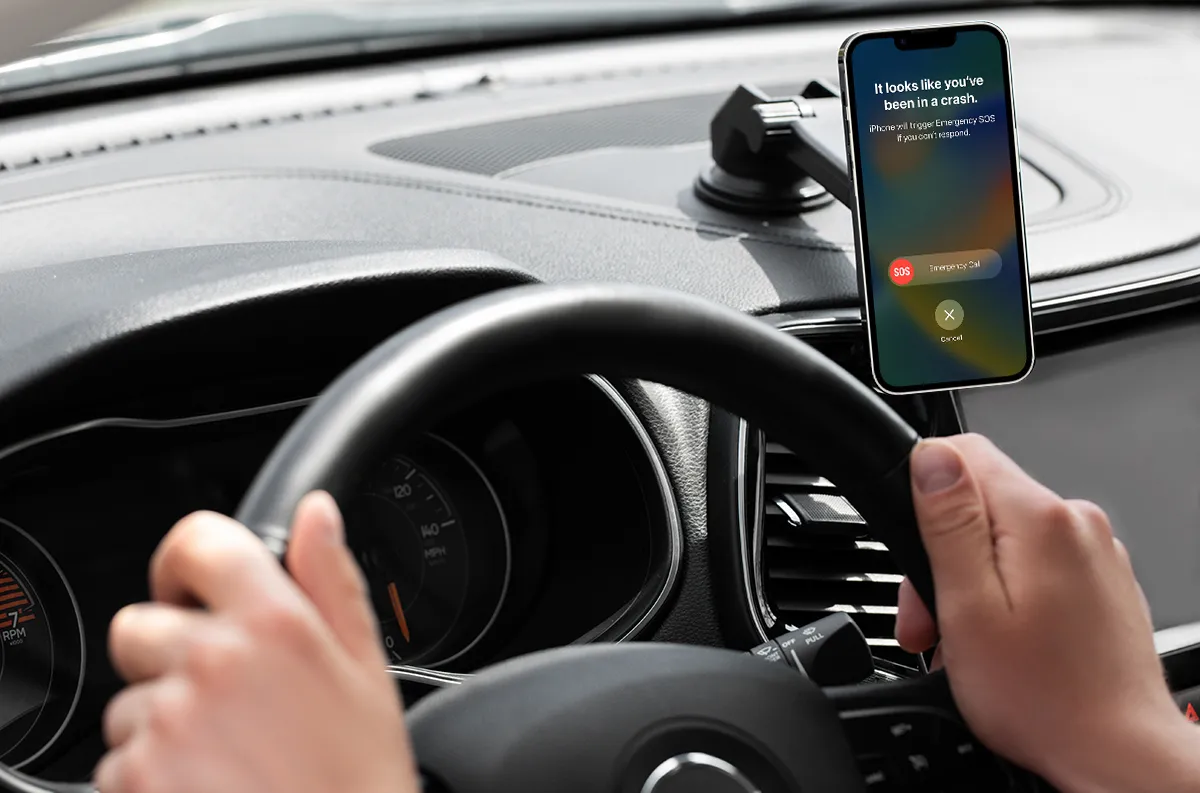
Five Considerations for Insurers Adopting Native Smartphone Crash Detection
Solutions & Product
Show more
Solutions & Product
Infographic
Show more
Infographic
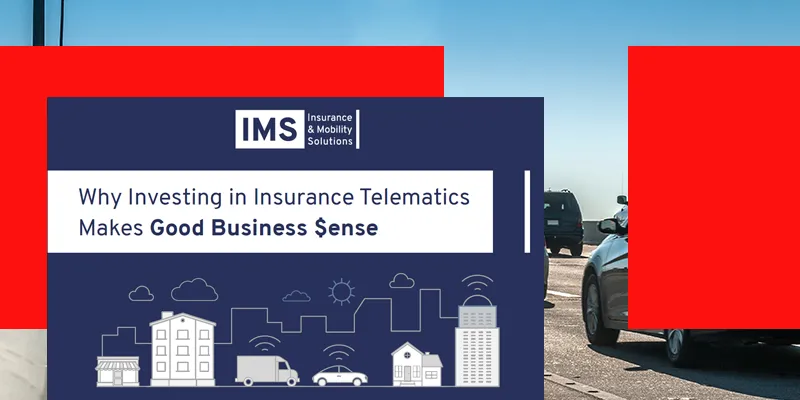
Why Investing in Insurance Telematics Makes Good Business Sense
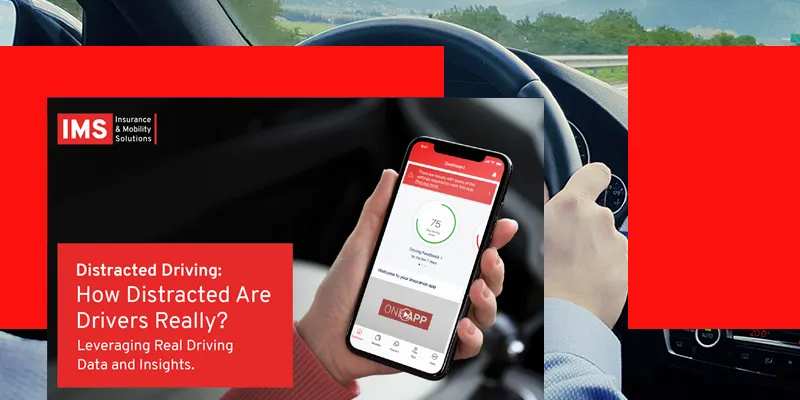
Distracted Driving: How Distracted Are Drivers Really?
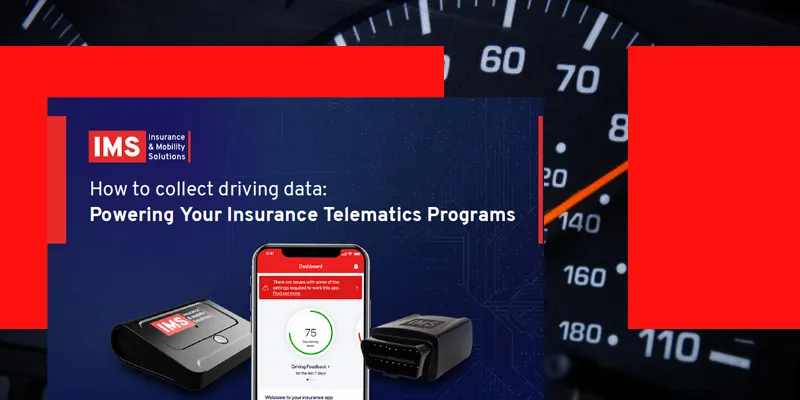
How to collect driving data: Powering Your Insurance Telematics Programs
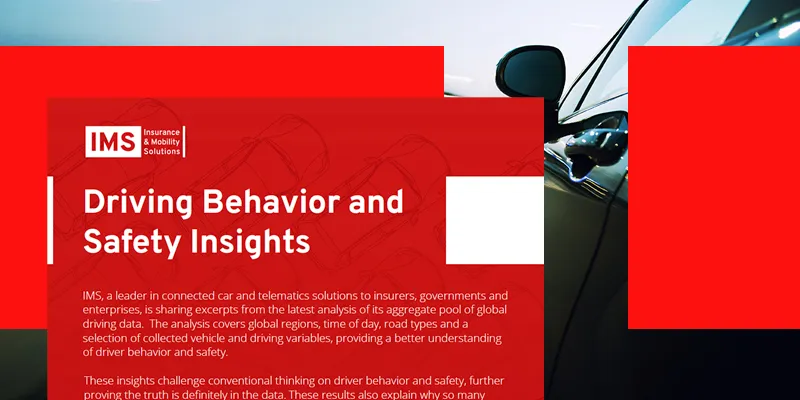
Driving Behavior and Safety Insights
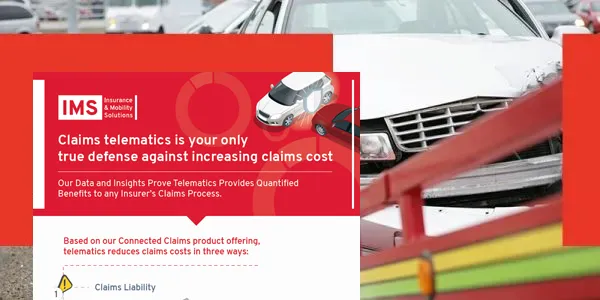
Claims Telematics Is Your Only True Defense Against Increasing Claims Cost
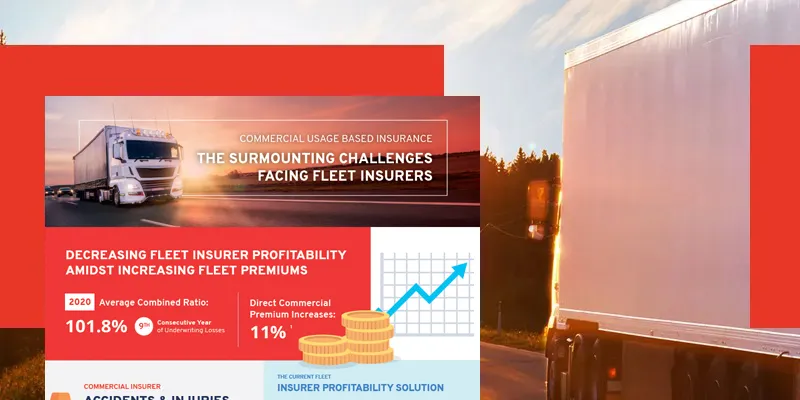
The Surmounting Challenges Facing Fleet Insurers
